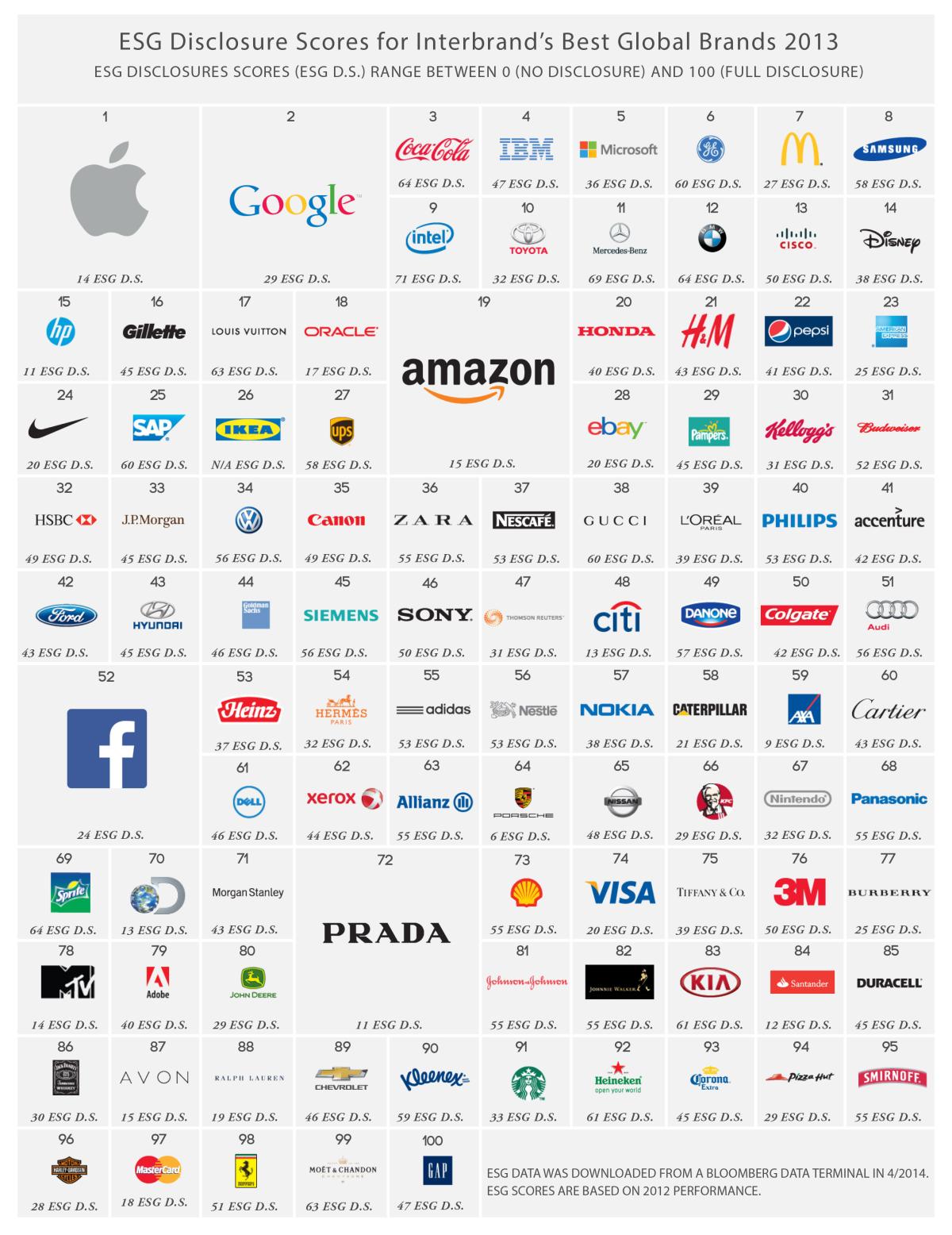Defining a Company’s Environmental, Social, and Governance (ESG) Score: Measuring the Best and the Worst

If you regularly practice sustainability-oriented behavior in your life, then deciding where to spend your money should be equally important. However, a company’s ethical and sustainable disclosures have not always been accessible or public knowledge.
As environmental and social considerations are becoming increasingly important in the business sector, information on the “best and worst” global companies is becoming more readily available. While this information is quite valuable, there are issues surrounding how sustainable and ethical data is measured, valued, and weighted that need to be addressed and disclosed for an accurate picture that the public can trust.
Bloomberg’s desire for a triple bottom line business approach led them to an in-depth research analysis of over 20,000 companies. Bloomberg has required and compiled data on Environmental, Social and Governance (ESG) for companies to use in the Bloomberg Equities and Industries service. These three key areas of environmental, social and governance are used to measure the sustainability and ethical impacts of an investment within a company. ESG ties in with socially responsible investing (SRI). SRI has emerged as a notable lens when dealing with screening green mutual funds and managing investment portfolios. Through analyzing this data, the public can make better choices and support companies that emphasize ethical and sustainable measures in their structure. While this information is enlightening, it is by no means a complete view. But more folks are trying to solve this issue.
Interbrand creates a list of the top 100 global brands each year. However, Interbrand’s rating system does not take into account a company’s transparency and willingness to disclose their sustainable actions. Using Fortune 500’s idea, Sustainability Partners, Inc. (SPI) created an electronic poster outlining the top 100 global brands, scoring them based on ESG. SPI has come up with a rating system with “100” being full disclosure and “0” being no disclosure. A higher score represents more robust data equating to a more accountable and transparent company. According to Interbrand’s list, Apple is the number 1 global brand for a multitude of reasons. Despite that, Apple falls short in SPI’s rating system, receiving a 13, one of the top 20 lowest scores for ESG disclosure. Other companies highly rated by Interbrand such as Facebook and eBay fell short in SPI’s ratings. In contrast, Coca-Cola received one of the highest ESG scores while also being ranked 3rd on Interbrand’s list.
This data is only available for public companies, thus excluding private companies like Ikea. Additionally, by focusing only on financial statements to capture a company’s ESG ignores less traditional, non-financial business drivers. For example, these alternative measurements could include rainforest destruction or a factory fire. In many cases, a company may not have a shortage of ESG issues important to shareholders, but it is challenging to determine an issue’s financial significance. ESG issues are not generally objective items that are easily priceable in the marketplace. Rather, these ESG issues are based on subjective externalities that lack a clear price structure. Since SPI’s entire point system is built upon the traditional financial concept, it does not include how a company’s ESG issues may be affecting the broader ecosystem, our social community, and environmental economics.
Even Google, who’s green efforts include noble actions such as a bike friendly campus, car-sharing program, locally sourced food options, and renewable energy program to name a few, received only a 29 ESG score. This mediocre score may be a reflection of strong marketing tactics that publicly emphasize Google’s sustainable actions, or it may be a projection of the problem that ESG issues don’t always fit into the financial model for measurement. For instance, the impacts of alternative transportation cannot be expressed simply by how many dollars will be saved from the resulting reduction in air pollution and cleaner water because we don’t know exactly how much it is costing our society to be breathing dirty air or drinking contaminated water. Many factors need to be accounted for including health implications of people and of the land, which feeds us.
Creating a system that places capital or value on natural resources will prove helpful in collecting data on how much a company’s ESG disclosures truly measure up. But, before we have clearly defined the ideal image and components of a sustainable and ethical company, we can still use the information that Bloomberg, Fortune 500 and SPI have made available. By publicly displaying this symbolic information, companies will be both forced to be more accountable as well as inspired to improve their results. From here, we can build an overall more socially and environmentally aware marketplace and consumer base.

